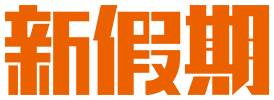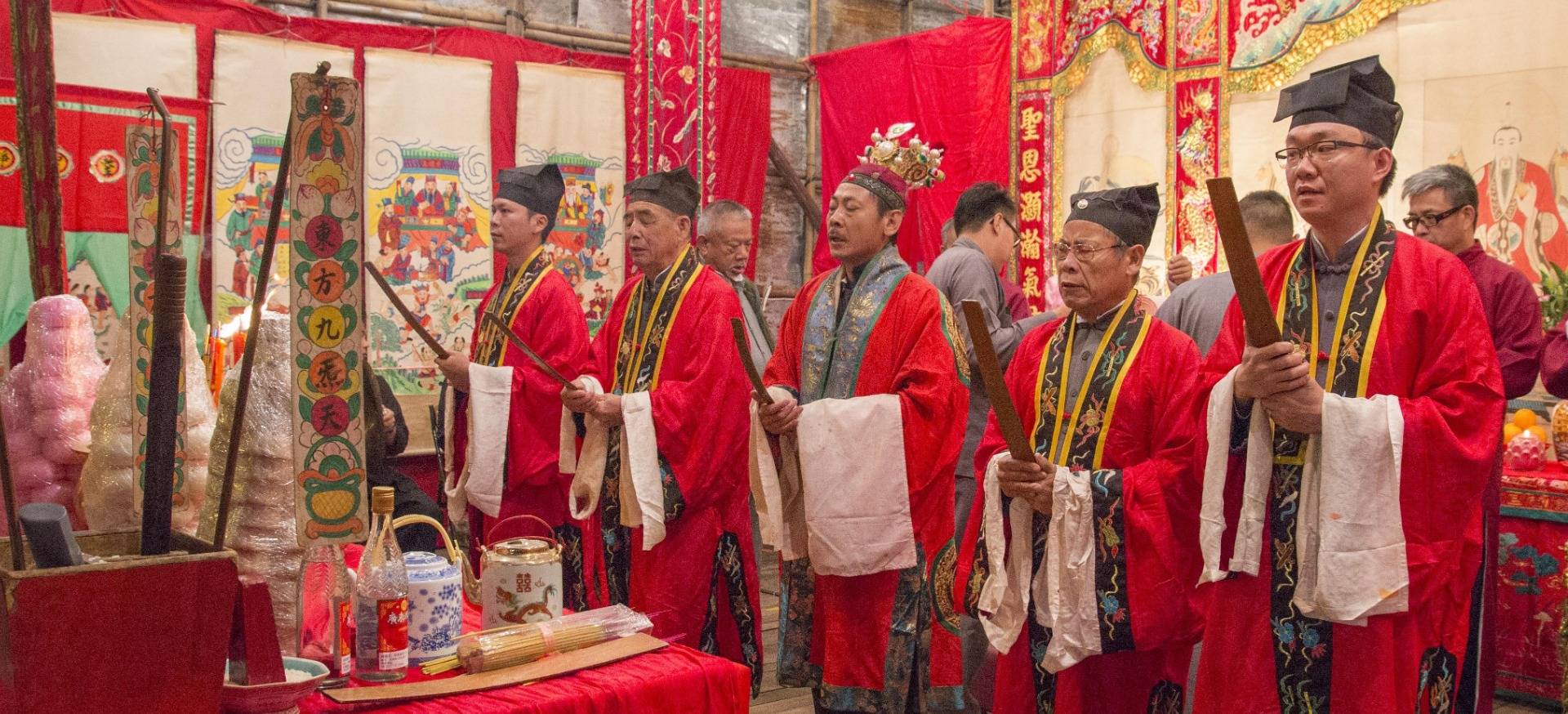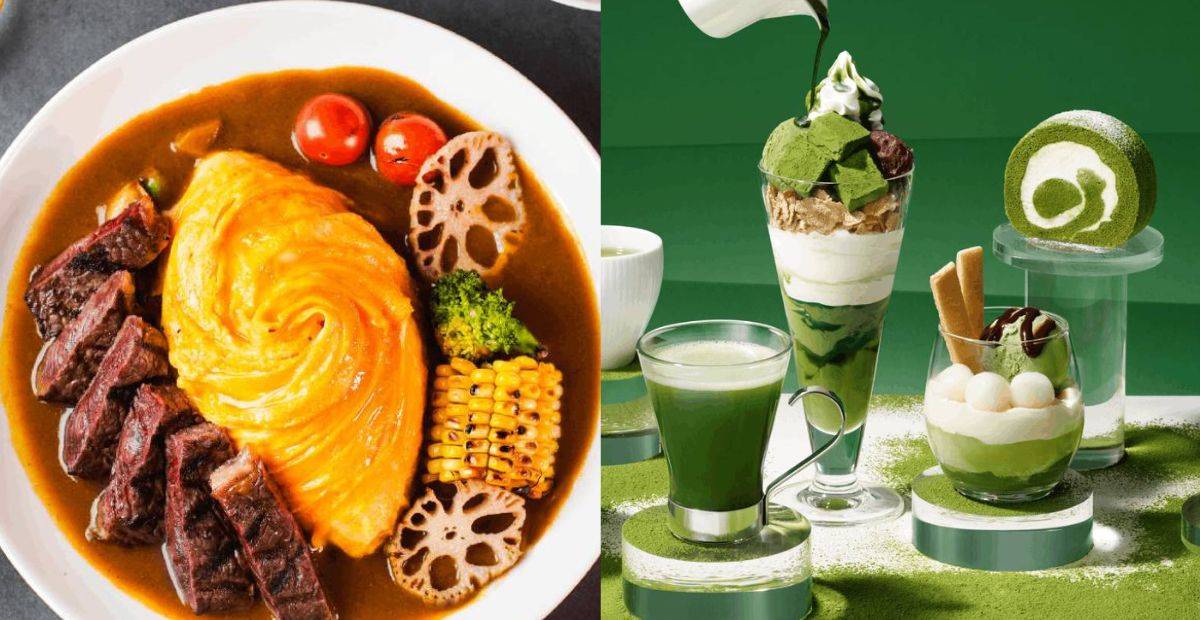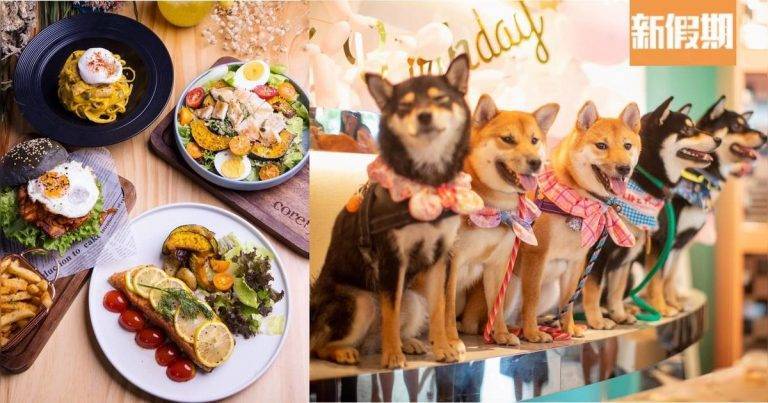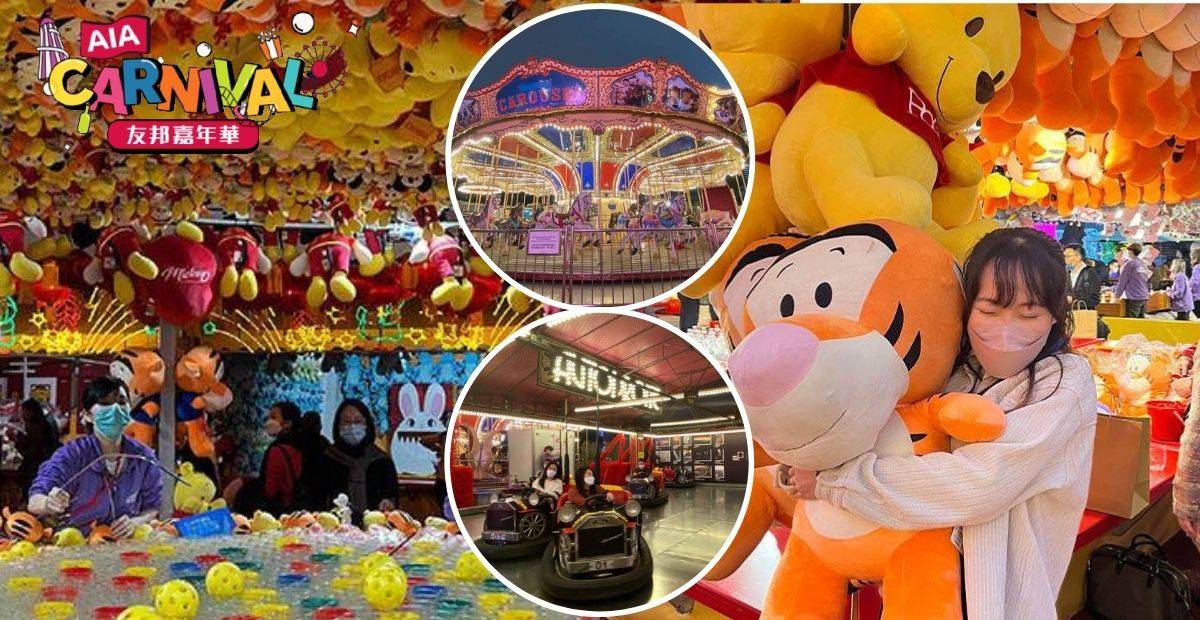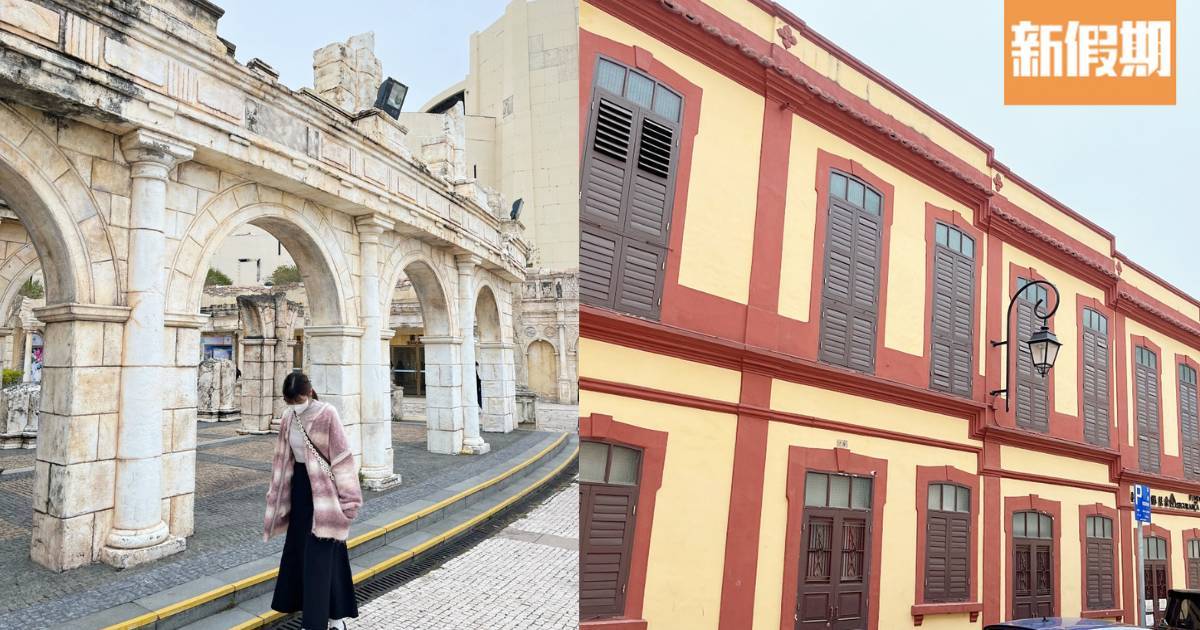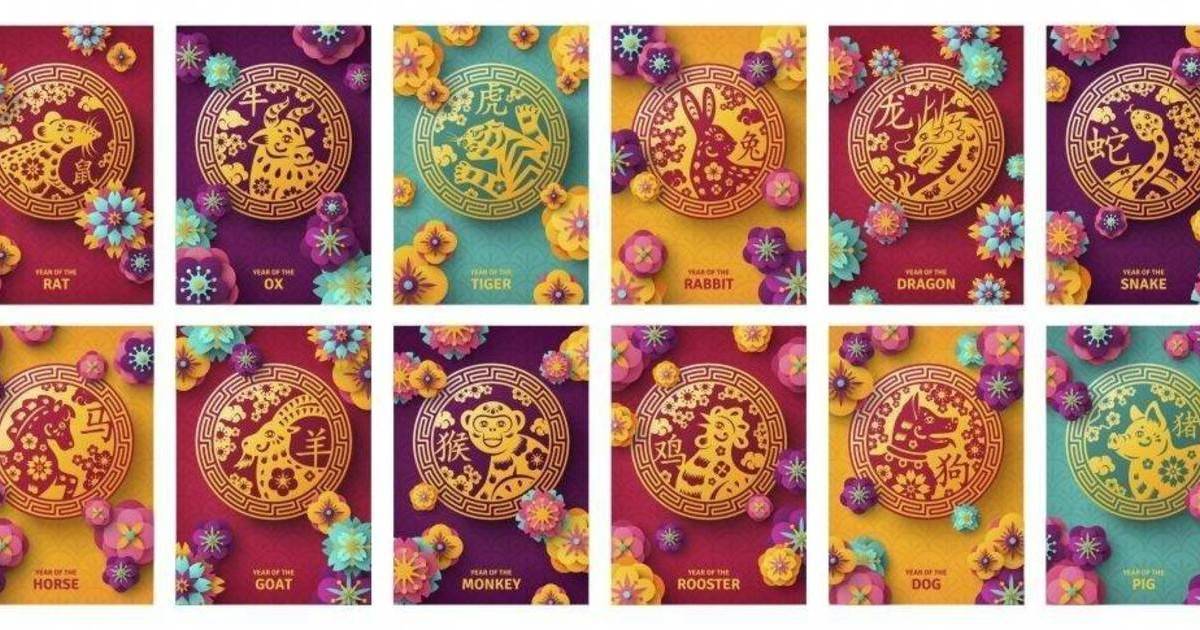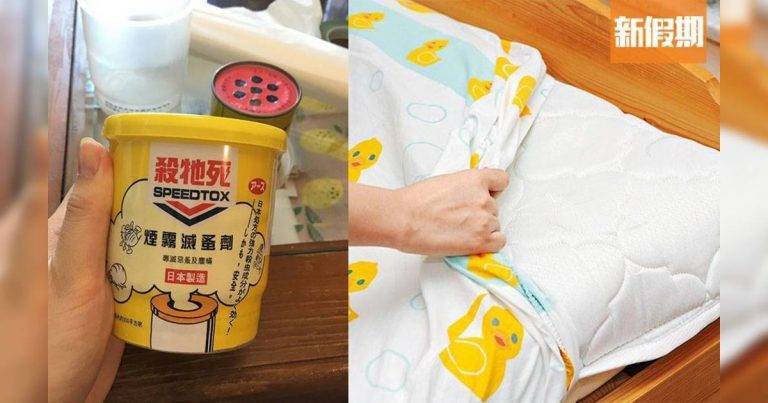Taoist Ritual Tradition of the Zhengyi School
Taoist Ritual Tradition of the Zhengyi School-
正一道教儀式傳統
Zhengyi Dao| Introduction
Zhengyi Dao| Areas
Zhengyi Dao| Era
Zhengyi Dao| Date
Zhengyi Dao| Historical evolution
Zhengyi Dao| Introduction
The Taoist Ritual Tradition of the Zhengyi School in Hong Kong shares its lineage with that of the Zhujiang Delta during the Qing dynasty. In Hong Kong, there are two distinct ritual systems practiced in different areas: one in the New Territories and another in urban areas. The Taoist ritual tradition of the Zhengyi school in the New Territories primarily originates from Dongguan and Xin’an regions. Common rituals and acts of charity include jiao festivals, installation of altar figures, consecration of ancestral halls and temples, reopening of temples after renovation, and storing tallies.
On the other hand, Zhengyi practitioners in urban areas have inherited rites and rituals from Zhengyi Taoist altars located in Guangzhou. These can be divided into two categories: qingtan (referred to as “red” occasions) and huangtan (known as “white” occasions). The former is associated with celebratory functions, while the latter is specifically for funerals and burials.
Zhengyi Dao| Areas
Hong Kong / No Specific Region
Zhengyi Dao| Era
Qing dynasty to mid-19th century
Zhengyi Dao| Date
Whole year
Zhengyi Dao| Historical evolution
The history of Chinese Taoism is about 2000 years. The Celestial Masters’ Taoist sect (also known as Zhengyi Dao or the Orthodox Unity School) emerged in the late Eastern Han Dynasty and gained official orthodox status and popularity among the people starting from the 10th century. Celestial Masters’ Taoist priests perform Zhengyi Dao rituals such as praying for blessings and warding off disasters during national ceremonies and local temple festivals. During the Jin and Yuan dynasties, the Quanzhen sect rose to prominence, with its priests all practicing monasticism and strictly adhering to rules and regulations. In comparison, most Celestial Masters’ Taoist priests maintain secular family lives, especially local professional Zhengyi Daoist priests who are only hired to wear dao robes for deity festivals or funeral ceremonies. In the eighth year of the Yuan Dynasty’s Dade era (1304), Zhang Yucai, the 38th generation celestial master of Longhu Mountain, was granted by the court with the title “Orthodox Unity Sect Leader” and took charge of three mountain talismans, gradually leading various talismanic sects in southern China to merge into Zhengyi Dao. Therefore, Longhu Mountain’s celestial master palace altar became known as “the altar where ten thousand laws converge.” In summary, “Zhengyi” and “Quanzhen” are two representative sects in traditional Taoism.
The traditional rituals of Zhengyi Dao in Hong Kong mainly originated from Guangdong Province’s Pearl River Delta region during Qing Dynasty Republic period. The Hong Kong area can be divided into two traditions: New Territories tradition and urban tradition of Zhengyi Dao rituals. The New Territories tradition focuses on conducting vegetarian feasts for merit-making ceremonies in rural areas. Early urban traditions mainly served fishermen in coastal areas such as Yaumatei, Shau Kei Wan, Hang Hau, Hung Hom; they were divided into Qingtan (red rituals) and Huangtan (white rituals). Today, urban Zhengyi Dao rituals are mostly concentrated in funeral parlors for conducting vegetarian feasts and salvation ceremonies for bereaved families. Generally speaking, people from Guangdong refer to Zhengyi Daoist priests as “Nam Mo Sin Sang”
What is the Zhengyi School in Taoism?
The Zhengyi School is a branch of Taoism that emerged during the late Eastern Han Dynasty in China. It is also known as the Orthodox Unity School and is one of the two representative sects in traditional Taoism…More Details
What is the significance of the Taoist Ritual Tradition of the Zhengyi School in Hong Kong?
The Taoist Ritual Tradition of the Zhengyi School holds great cultural and spiritual significance in Hong Kong. It preserves ancient rituals and practices that connect present-day practitioners to their historical roots. It serves as a means of honoring ancestors…More Details

